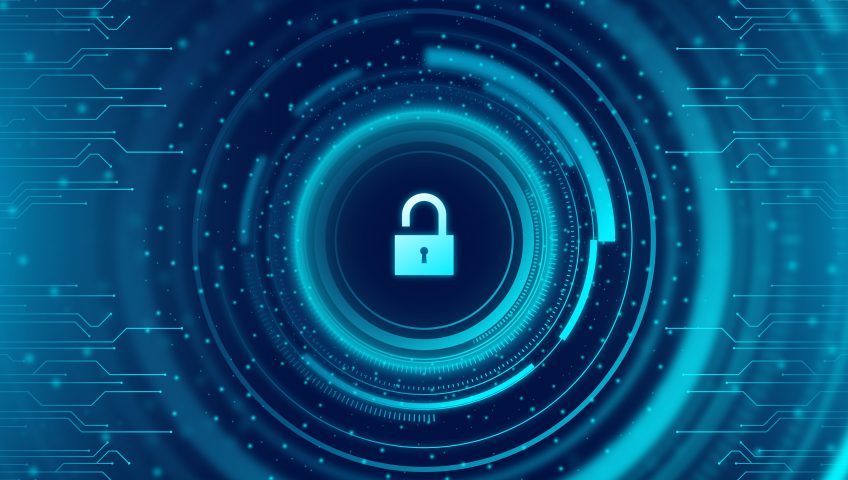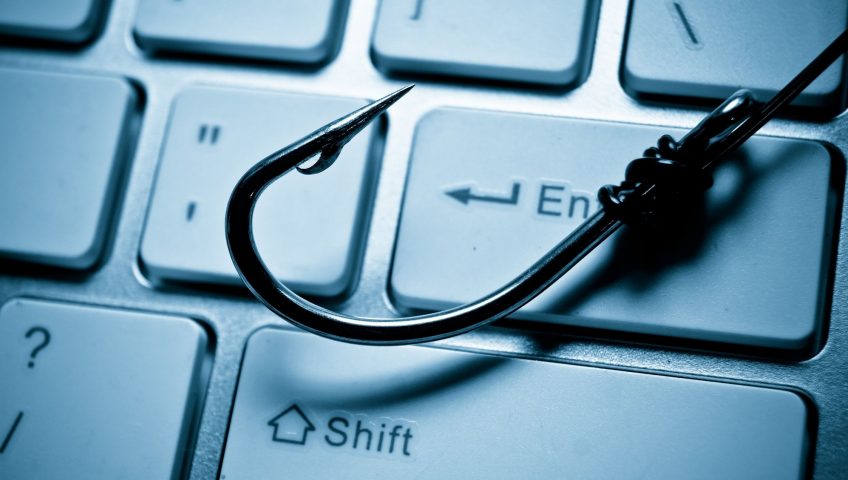Cyber security in data management becomes more vital as it involves every record of the whole organization that may be sensitive or confidential. A breach of this information has consequences, including financial losses, reputational damage, and the risk of upholding customers’ trust.
Hackers are just around the corner!
In a nutshell, cyber security, or IT security, plays an important role in every business. It protects the organization and employees from cyber threats such as hacking, malicious software, and ransomware attacks. These days, hackers have also changed their approach, increasingly targeting staff & exploiting human error. Make sure to protect your people so they won’t be the next target as cyber scam victims.
It only takes ONE wrong click.
Allowing your employees to identify common cyber threats by conducting regular cybersecurity awareness training will help not just the people in the organization but the business in the long run.
Update your anti-virus protection.
A common lag in your business computer might be a warning sign of weak anti-virus protection, putting your information at risk. Make sure your gadgets are regularly checked and that you have a reliable anti-virus program installed. Consider partnering with an experienced IT team that works with a leading provider of cybersecurity solutions in the digital realm.
Implement strong Password management.
Having a strong and unique password prevents unauthorized access to sensitive data, financial information, or personal details associated with other accounts. Always keep in mind that passwords must be changed regularly, treated like your own, and be two-factor enabled.
Backup your data
Backing up business data on a regular basis is a must, especially if your information is confidential. A secure cloud storage service can be of great assistance in ensuring that your data isn’t going anywhere in case of loss due to cyberattacks or natural incidents.
At Geelong Technology, we build IT systems that suit your application by sourcing high-quality components from these reputable manufacturers:
Take the first step to protect your business —Contact Geelong’s data security experts.
Remember, cybersecurity is an ongoing effort. Stay informed about emerging threats and evolving best practices to continuously improve your defenses. Consider working with trusted IT experts in Geelong that can offer you a complete security awareness solution to test, train, measure, and reduce human risk.
📧 mailto:support@geelongtechnology.com.au
📍 166 Francis St, Belmont.









Recent Comments